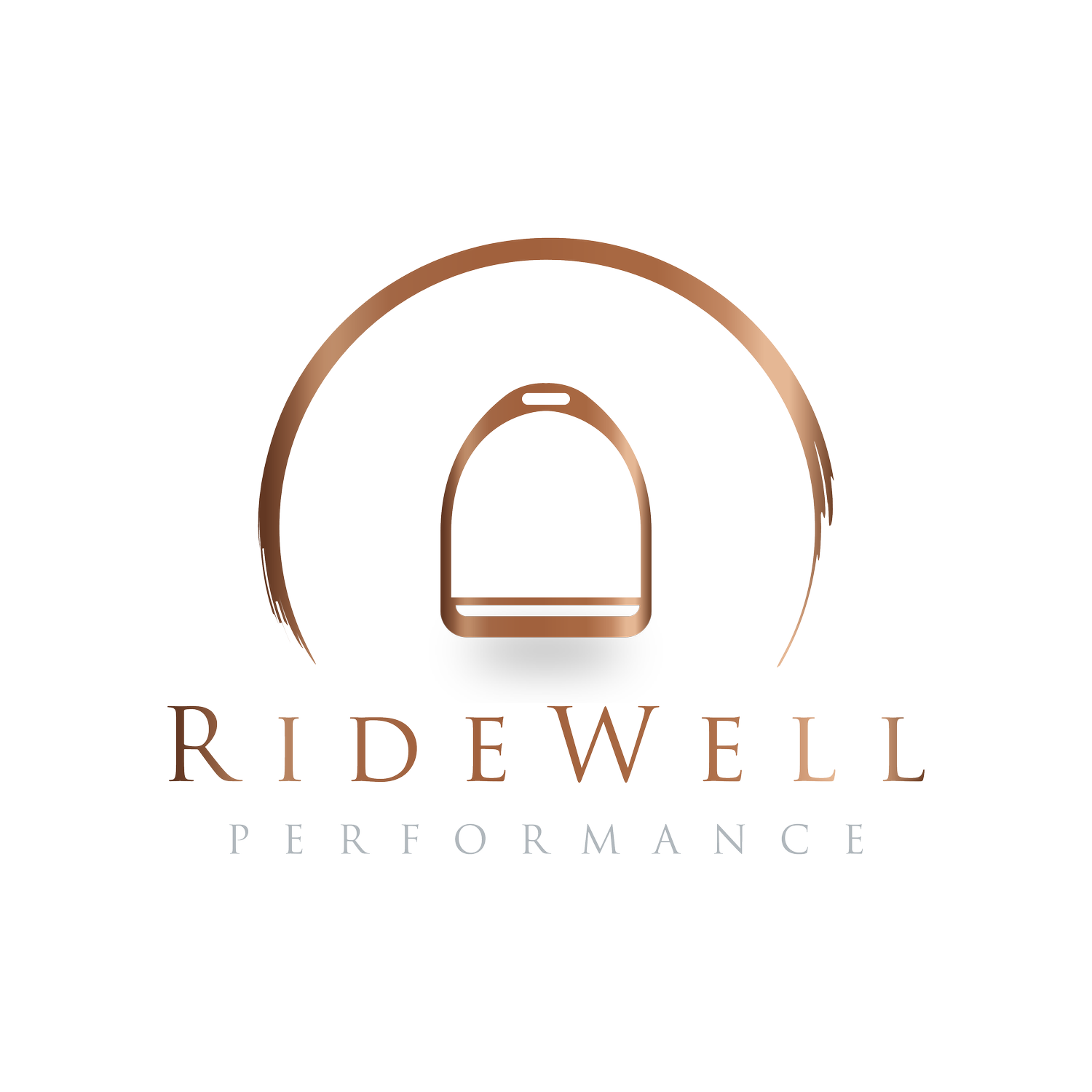Is your horse too heavy or just unbalanced?
Something I hear and see often is riders who struggle with horse's that are "strong" or "heavy" in their hands. Those riders are constantly having to rebalance themselves in order to attempt control of their mounts, only to get caught in an endless tug o war.
Heaviness in the hands is a common consequence of an unbalanced horse and rider. Similar to things like hotness, or rushing horses- more often than not in the case of heaviness the horse is stuck on the forehand and essentially doing what they can to balance themselves and the rider by leaning. Sometimes it can also be an issue of a contact miscommunication: either the rider is uncomfortable working with consistent contact and the horse has to search for the bit and lean to carry it comfortably, or the rider is "heavy" handed and relies on a pull to balance themselves. The roots of these issues are very similar.
Let's remember the golden rule: horse's are only ever doing anything to create a sense of safety. Safety has physical translations: being unbalanced is not safe, therefore something will always be done to create a sense of balance. It's sometimes easier to find a perception of balance if movement is quicker- this requires less engagement, so in the moment of not being able to or not knowing how to engage, going faster is the best option. If this same horse is also faced with a rider on top that isn't stable in their own right, they now have to manage that unpredictable weight - often placed on their forehand- plus their own body and weight. Meaning, they will fight to balance themselves and you- if leaning forward gets the job done, that's how it will be done- at the expense of their mouths and poll, usually.
More often than not riders who experience heavy, sensitive horses tend to ride defensively. A defensive posture is one that shows a closed, stiff hip angle, curled shoulders, locked elbows (either straight or over flexed), and some form of lower leg compensation. Think fetal position in motion. What can we expect of our horses if we are a reactive, rigid ball on top of them?
We cannot fight heaviness with reactiveness. When I work with a rider demonstrating any of the above, the first goal is to get them back and settled into their body and position. I do a lot of walking with no stirrups nowadays. Working to build the rider's awareness of a long, relaxed lower body and seat while growing length and engagement through the torso and FEEL into the movement of their horse (instead of placing demands and expectations). This not only puts them in a better position to work independently and consistently with the hands (through stable shoulders), it communicates to their horse that things are okay and helps them engage their core and hind end (or at least begin finding it).
From there we work towards building confidence and awareness of a consistent level of contact. This means- a contact where we don't have to pull to achieve something or constantly readjust the reins or our hand position. The phrase I love most from Sally Swift is "imagine that you are holding the bit in your horse's mouth". It's your job through your contact to keep that bit steady. There should be a comfortable, consistent resistance in your contact. From here the horse can begin developing their own balance from your guidance. This will come as you maintain this connection and build independence of your hands from your seat- so that they can work together efficiently.
This concept of consistent contact also means that if/when a horse pulls or leans, your response is not going to be to fight back. It's simply going to be a mix of encouraging/reassuring the horse through your leg and seat into the contact, creating space through a stable outer rein and an openness in your inside rein (keeping contact, but opening it away from the shoulder- watch YOU don't collapse and follow with your shoulder though). Many riders like to "take back" and close the inside rein into the wither or *gasp* across the wither. I had the honor of this lecture from Albert Kley, the late riding master at Spruce Meadows. He very firmly told me that at no point should the inside hand EVER cross the line of the wither. Many years later I understand why this is important. When we close or take the inside rein back and across, we effectively lock our horse into their jaw and shoulder- when really we should be encouraging mobility in both places. Creating space via an open inside rein with reassuring, consistent contact allows movement to develop from back to front. It also ends any potential tug o war.
What happens when you take away the balance point the horse is trying to create through leaning or becoming heavy on the forehand? They now have to figure out how to balance themselves. It's so simple its complicated. Take away the babysitting tug o war, and all of a sudden the horse has to find a better option for balance. Combine this with a balanced position for yourself and magic begins to happen!
Looking to begin reconnecting and building YOUR body awareness for a better position? I am offering unlimited access to my workout library for equestrian body awareness at a great price! Find the details here! You can also email me directly at @ridewellperformance if you have questions regarding your relationship to your horse's imbalances.
What's your experience been with heavy or strong horses? What's worked? Have you been able to feel how you're contributing to the issue?

